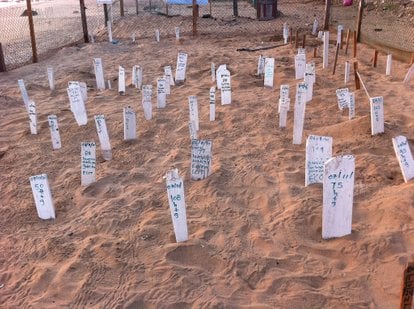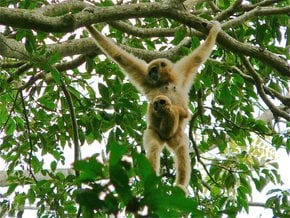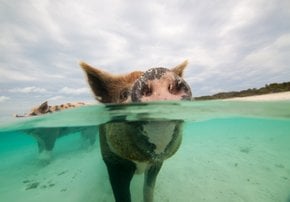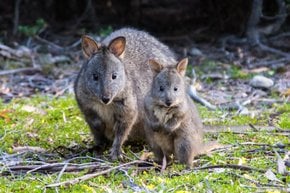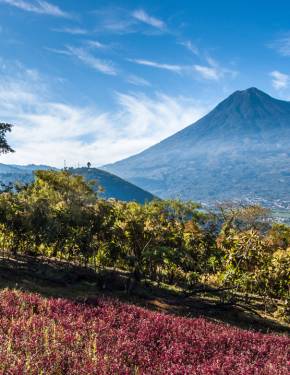Baby Turtle Release in Mexico 2025-2026
Have you ever held a baby sea turtle in your hands? This is a great occasion to carry a whole dozen
Best time: July–mid-November (Atlantic Coast) | December–March (Pacific Coast)
The life cycle of an average turtle consists of its birth, then roaming and feeding in oceanic waters, and finally coming back to its birthplace to lay its own eggs. This means the turtles that once hatched somewhere along Mexico's coastline return there to lay eggs, and later their baby turtles grow up and do the same, so it seems to be a never-ending process. However, it's not so, both eggs, as well as tiny turtles, need protection from predators. Therefore, volunteers carefully watch the turtles between May and September not to miss eggs, later collected eggs may hatch in safe conditions.
Young turtles emerge roughly in 40 to 70 day after the egg was laid. Therefore, the baby turtle release program runs approximately from mid-June or July through October or mid-November. Both locals and tourists are welcome to help release the babies into the ocean.
The hotspots are located mainly along the Pacific coast, in Baja California, and the Riviera Maya. The Atlantic coast usually witnesses turtle hatching in the summer and autumn months, while the Pacific coast sees baby turtle releases between December and March.


